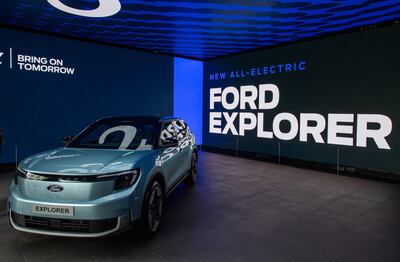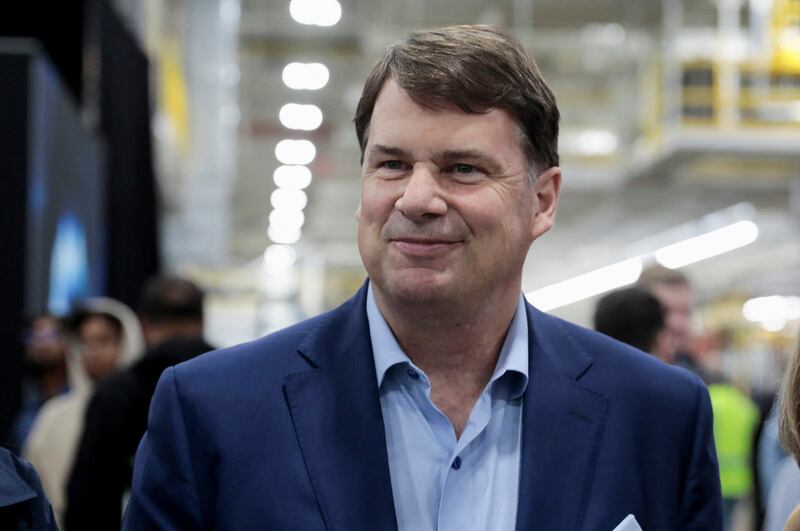Ford Motor plans to make driver-assistance features central to the next electric F-Series pick-up — so much so that you might be able to take a snooze at 100 kilometres per hour.
“On the motorway on a sunny day, you should be able to go to sleep in your truck or make a call or do whatever you want to do in your truck while it drives for you,” Jim Farley, Ford’s chief executive, said in an interview Friday on Bloomberg Television.
“It will be completely digital. It’s a really breakthrough product.”
That kind of technology would be a significant advancement from Ford’s current BlueCruise semi-autonomous feature, which allows drivers to take their hands off the wheel on certain motorways, but requires them to keep their eyes on the road. Transportation officials have warned repeatedly that no commercially available vehicle today can drive itself, even as companies such as Tesla market boundary-pushing driver-assistance features.
Mr Farley’s comments show Ford’s commitment to the technology even after it shut down its autonomous affiliate, Argo AI, five months ago because it said achieving full self-driving was too far off.

The pick-up, scheduled to debut in 2025, aims to build on the success of the F-150 Lightning plug-in truck that’s underpinning the car maker’s ambitious — and costly — push into the EV market.
Demand for the model drove Ford to expand capacity at the Stanton, Tennessee, factory that’s under construction to produce half a million trucks a year, about 40 per cent more than the company forecast in November.
“We’re seeing growth now so we want to build a bigger plant because we need the capacity,” Mr Farley said.
The plant — Ford’s first all-new assembly facility in a half-century — is part of a $5.6 billion compound known as BlueOval City that will include a sprawling battery factory by South Korea’s SK On, a unit of SK Innovation. The 15-square-kilometre complex is due to open in 2025 and employ 6,000 workers.
The higher output means the Tennessee plant would account for a quarter of the two million EVs Ford plans to build annually by the end of 2026, though the company didn’t say when it will reach full capacity.
The car maker is pouring $50 billion into developing and building EVs by 2026 as it chases Tesla, which controls two-thirds of the US market for battery-powered models. Ford has set a goal of an 8 per cent margin on EV earnings before interest and taxes by 2026.
Mr Farley said he believes Ford can close the earnings gap with Tesla, which has operating margins approaching 17 per cent.
“We can do better than 8 per cent, especially on a pick-up truck,” Mr Farley said. “The reality is that Tesla has not had a lot of competition until Ford and other brands, so their pricing is going to go down. Year over year, Tesla’s prices have come down $7,000” per vehicle.
The new battery-powered pick-up, which is different than its F-150 Lightning plug-in pick-up built in Michigan, is known internally as Project T3, for “Trust the Truck.” It will be capable of towing and hauling, while being “fully updatable” through software downloads, Mr Ford said.
“This next truck is going to be a lot different, a lot better” than the Lightning, Mr Farley said.






